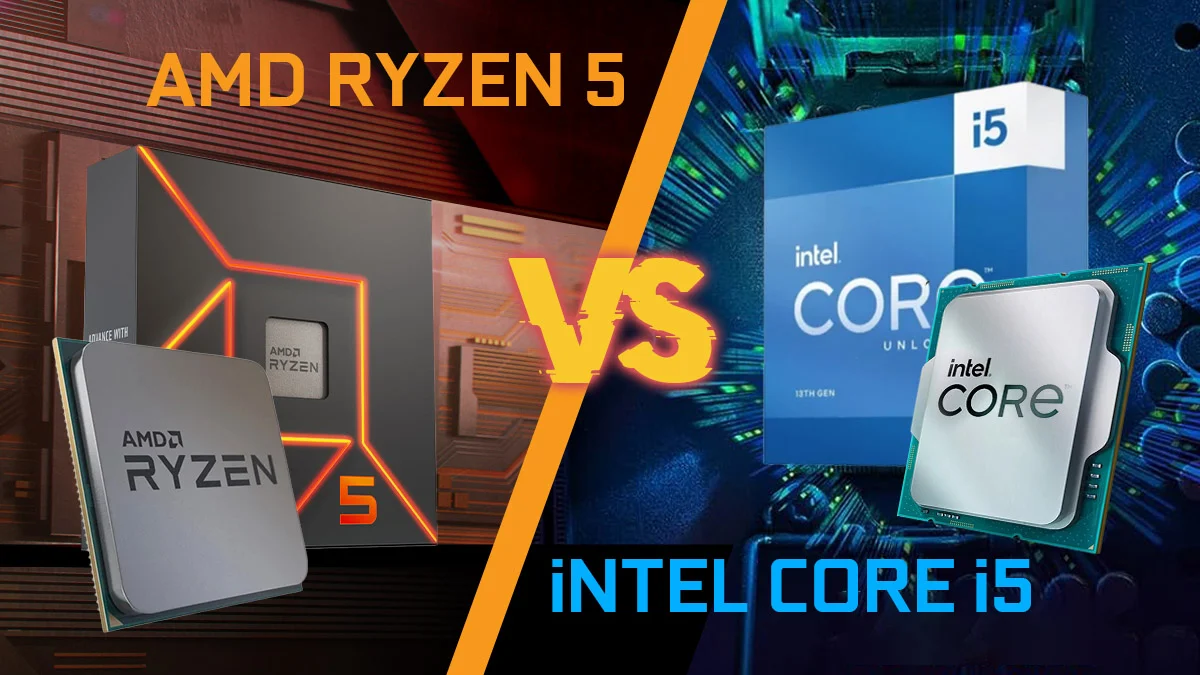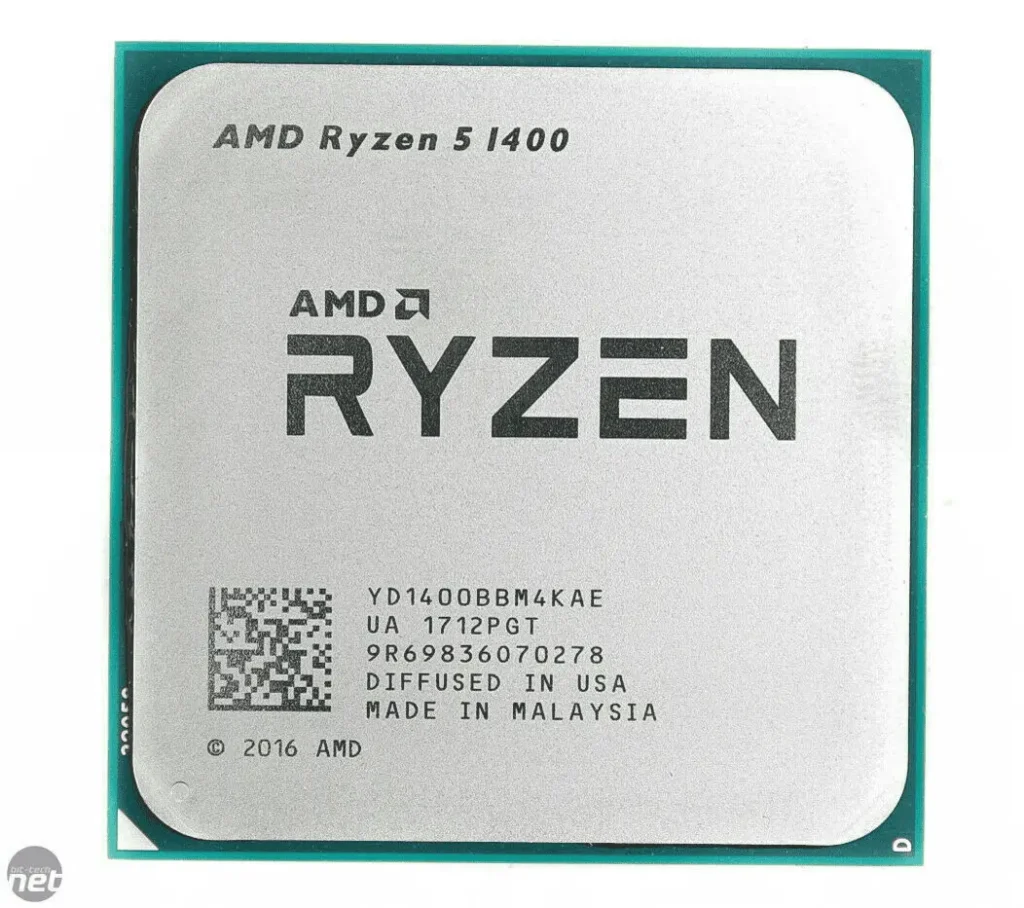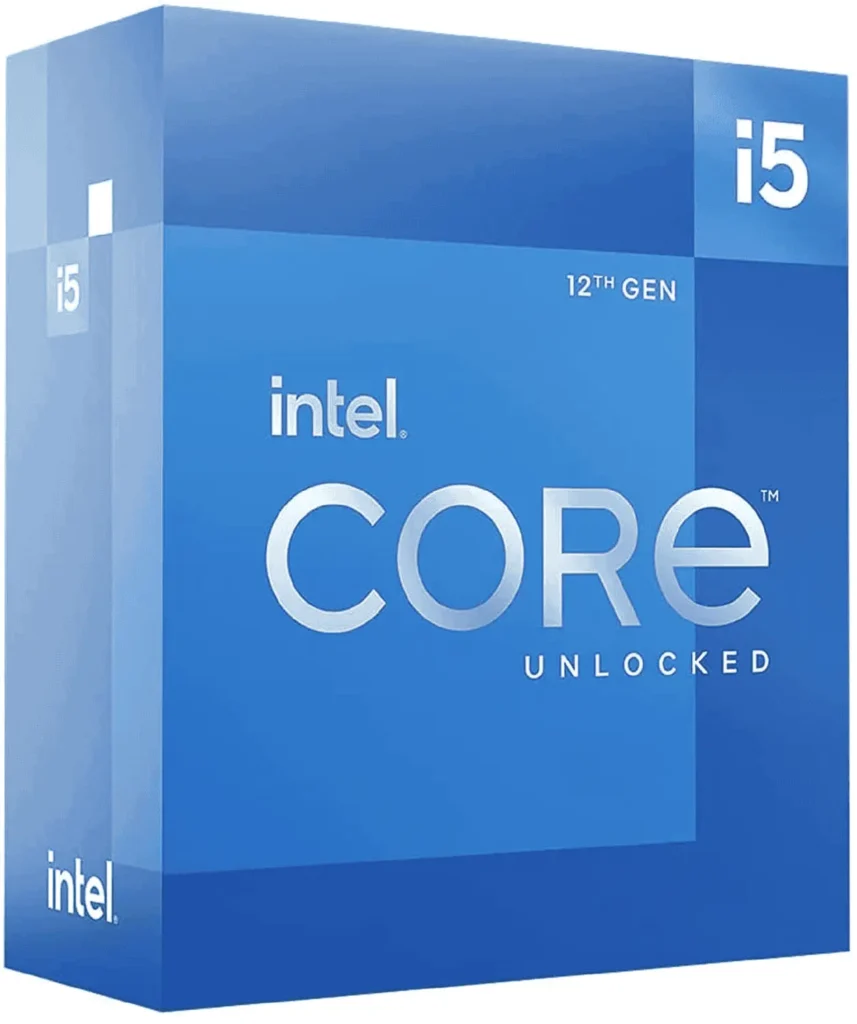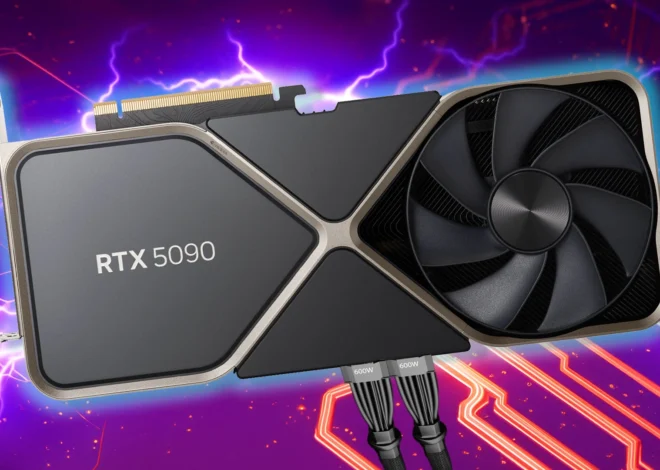
AMD Ryzen 5 vs Intel Core i5: Ultimate Performance Comparison
The mid-range CPU market is known for being the most competitive and AMD and Intel have been battling it out for years with the Ryzen 5 vs Core i5 series. Both offer consumers a wide range of options and each processor family has its own unique strengths and weaknesses, catering to different needs and budgets. Whether you’re a gamer, content creator, or everyday user, understanding the differences between these two popular options is crucial for making an informed decision that maximizes your computing experience.
When considering a new CPU for a computer, the AMD Ryzen 5 and the Intel Core i5 are two popular options often compared for their performance in tasks like gaming, content creation, and everyday computing. The AMD Ryzen 5 is known for offering a blend of value and performance, making it a strong contender for budget-conscious consumers. In contrast, the Intel Core i5 is recognized for its powerful performance, particularly in single-threaded applications, making it a go-to choice for many users looking for a balance between price and speed.

Mid-Range CPU Showdown: Ryzen 5 vs. Core i5
Core Count and Performance
Ryzen 5 processors typically pack more cores than their Intel counterparts, which translates into superior performance in tasks that utilize multiple cores. This includes video editing, 3D rendering, and other demanding workloads that can harness the power of parallel processing. Intel’s Core i5 processors, however, often hold a slight edge in single-core performance, making them potentially better suited for gaming and other applications that rely heavily on individual core speeds.
Cache and Memory
Ryzen 5 processors tend to boast larger cache sizes, especially in the crucial L3 cache, which can improve performance in tasks involving frequent data access and multitasking. While both Ryzen 5 and Core i5 generally support DDR4 memory, some newer models may also be compatible with DDR5, offering increased bandwidth and faster data transfer rates.
Integrated Graphics
Ryzen 5 processors come with integrated graphics, offering basic graphics capabilities without the need for a dedicated graphics card. This can be helpful for casual gaming or general use, but it’s not powerful enough for demanding graphics-intensive tasks. Intel’s Core i5 processors also feature integrated graphics, but their performance can vary depending on the specific model.
Price and Value
Ryzen 5 processors often offer better value for money compared to Intel Core i5, providing competitive performance at a lower price point. This makes them an attractive option for budget-conscious builders who don’t want to compromise on performance.
Overclocking
AMD Ryzen 5 processors are generally more overclocking-friendly than Intel Core i5, allowing enthusiasts to push their systems to higher performance levels. However, overclocking requires careful consideration and appropriate cooling solutions.
Power Consumption
Historically, Ryzen 5 processors have tended to consume slightly more power than Intel Core i5, potentially leading to higher operating temperatures and energy bills. However, recent generations have narrowed this gap significantly, making power efficiency less of a differentiating factor.

Comparison Table
| Feature | AMD Ryzen 5 | Intel Core i5 |
|---|---|---|
| Core Count & Performance | Higher core count, better multi-core performance | Lower core count, slightly better single-core performance |
| Cache & Memory | Larger cache sizes, generally supports DDR4 | Smaller cache sizes, generally supports DDR4 |
| Integrated Graphics | Integrated graphics included | Integrated graphics included, performance varies |
| Price & Value | Generally better value for money | Can be pricier for comparable performance |
| Overclocking | More overclocking-friendly | Less overclocking headroom |
| Power Consumption | Historically higher, but improving | Generally lower power consumption |
The performance of these CPUs is heavily influenced by their architectures. Intel’s Core i5 processors are manufactured using a refined process, resulting in higher clock speeds and efficient power management. On the other hand, AMD Ryzen 5 CPUs typically offer more cores for a similar price, leading to improved multi-threaded performance.
It’s important to choose a CPU based on your specific needs, whether it’s for gaming, multitasking, or professional workloads. Factors such as price and availability also play a role in deciding between AMD Ryzen 5 and Intel Core i5 CPUs. While both options have similar features, cost fluctuations and supply availability can sway the decision for consumers. The ongoing debate about which option offers better value is influenced by emerging technologies and evolving software demands.
Key Takeaways
- AMD Ryzen 5 and Intel Core i5 CPUs serve a wide range of computing needs, with distinct benefits in performance and cost.
- CPU architecture significantly influences whether a CPU excels in multithreading or high clock speeds for various applications.
- Real-world value and performance can fluctuate based on market conditions and individual user needs.
Comparing Architectures and Core Technologies
This section dives into the elements that differentiate the AMD Ryzen 5 and Intel Core i5 CPU lineups, with a focus on their unique architectures and technologies.
Innovations in CPU Architecture
AMD Ryzen 5 processors are built on the Zen 3 architecture, offering a unified complex design that can enhance communication between cores. Intel Core i5 chips, particularly the Alder Lake series, utilize a mix of performance (P-cores) and efficiency (E-cores) to balance high power and lesser energy use.
Thermal and Power Efficiency
Ryzen 5 features a 7nm process which benefits thermal characteristics and lowers power demand. On the other side, Alder Lake i5 achieved greater efficiency with Intel 7 process technology, marked by a detailed Thermal Design Power (TDP) range that adapts to diverse workloads.
Platform and Compatibility
AMD Ryzen 5 supports both PCIe 4.0 and, on newer models, PCIe 5.0. It also uses the AM4 socket and is compatible with a wide range of motherboards. Intel’s i5 Alder Lake chips require the LGA 1700 socket and often pair with Z690 platforms, supporting PCIe 5.0 for faster data throughput.
Graphics and Gaming Capabilities
Ryzen 5 CPUs generally pair with Radeon RX Vega integrated graphics, while Intel i5 offers Intel UHD Graphics 770. When it comes to gaming, especially at 1080p and 1440p, pairing these CPUs with a capable GPU like the GeForce RTX 3060 opens up a world of high-performance gaming.
Memory and Expansion
The latest Ryzen and Intel i5 CPUs both support the faster DDR5 memory, along with earlier DDR4. They also offer support for technologies like XMP 3.0 and AMD’s Dynamic Memory Boost, enhancing memory performance fluidly.
Productivity and Content Creation
For tasks like video editing and 3D rendering, both the AMD Ryzen 5 and Intel Core i5 deliver solid performance. CPU benchmark hierarchies show these processors offer substantial productivity capabilities, efficiently managing diverse creative applications.
Market Considerations and Value
Choosing a CPU for a PC build affects performance and cost. This choice is critical for users seeking the best value within their budget.
Price and Affordability
- Intel Core i5-12600K – Starting Price: $289
- AMD Ryzen 5 5600G – Starting Price: $259
- AMD Ryzen 5 5600X – Starting Price: $299
The price point is a primary factor in selecting a processor for budget-conscious consumers. Gen-on-gen pricing reveals that both AMD and Intel offer competitive rates for their mid-range CPUs.
Performance Benchmarks and Real-World Usage
Both the Ryzen 5 5600 series and Intel Core i5 models have benchmarks available. For example:
- Single-Core Performance: Intel i5 tends to lead, particularly favorable for gaming.
- Multi-Core Workloads: AMD’s Ryzen 5 often matches or exceeds competing Intel i5 models.
Performance evaluations in application scenarios affirm this, showing the strengths of each in tasks such as content creation or data processing.
Additional Features and Technologies
- Integrated Graphics: Intel’s CPUs often include an integrated graphics processor, which is useful if a discrete GPU is not an option.
- DDR5 Support: The Intel Core i5-12600K supports DDR5 RAM, while the AMD alternatives may not.
- Lithography: AMD often possesses a smaller lithography, indicating a more modern manufacturing process.
Each processor comes with different technologies, affecting their overall value proposition.
Overclocking Potential and Enthusiast Tweaking
- AMD processors typically come with Precision Boost Overdrive (PBO), facilitating easier overclocking.
- Intel K-series chips, like the i5-12600K, also offer overclocking potential.
Enthusiasts may find greater value in these features as they allow for enhanced core performance through user tweaking.
Availability and Ecosystem Support
The availability of AMD and Intel CPUs can fluctuate, impacting the market:
- Retail: Check latest stock updates from vendors.
- Ecosystem: Compatibility with motherboards and RAM might affect choices between AMD and Intel.
The broader support ecosystem, including motherboards and compatibility with existing PCs (such as Mac), needs consideration.
Comparative Analysis and Expert Recommendation
- AMD Ryzen 5 5600X: Best for a mix of gaming and productivity tasks.
- Intel Core i5-12600K: Preferred for gaming due to higher single-core speeds.
- AMD Ryzen 5 5600G: Good choice if on a tight budget and a discrete GPU is not feasible.
Experts weigh performance, features, and price to guide consumers toward the processor that best suits their needs.
Frequently Asked Questions
This section addresses common inquiries regarding the AMD Ryzen 5 and Intel Core i5 processors to help you understand how they differ in various aspects.
What are the performance differences between AMD Ryzen 5 and Intel Core i5 in gaming?
AMD Ryzen 5 and Intel Core i5 serve a similar market segment where gaming performance is a key factor. Generally, the Intel Core i5 may lead slightly in gaming due to optimization for single-threaded tasks, but the AMD Ryzen 5, especially newer models with 3D V-Cache technology, can exhibit faster performance in some scenarios.
How do AMD Ryzen 5 and Intel Core i5 compare in terms of power consumption and battery life for laptops?
In laptops, the Intel Core i5 processors are often engineered to provide efficient power consumption which translates to longer battery life. AMD Ryzen 5 chips have made significant strides in efficiency, but battery life can vary depending on specific models and the other hardware components in use.
In multitasking and productivity applications, how does AMD Ryzen 5 stack up against Intel Core i5?
AMD Ryzen 5 CPUs typically offer more cores and threads than their Intel Core i5 counterparts, which can lead to better multitasking and productivity performance in applications that leverage multiple threads.
How does the integrated graphics performance of the AMD Ryzen 5 compare to that of the Intel Core i5?
The integrated graphics in AMD Ryzen 5 processors, particularly those with the ‘G’ suffix, provide competitive performance for tasks requiring GPU acceleration. Intel Core i5 processors also deliver solid integrated graphics capabilities, especially with newer generations featuring Iris Xe graphics.
What are the thermal and overclocking capabilities of AMD Ryzen 5 versus Intel Core i5 processors?
AMD Ryzen 5 processors typically have a sound thermal design that allows for potential overclocking, provided the cooling solution is adequate. Intel Core i5 CPUs also offer overclocking capabilities with ‘K’ or ‘KF’ series chips, but overclocking will depend on the specific model and cooling system in place.
When considering future upgrades, how does platform support and compatibility differ between AMD Ryzen 5 and Intel Core i5?
The platform support and compatibility for future upgrades can differ significantly between the two. AMD has a history of supporting a given socket across multiple CPU generations, which can potentially offer a simpler upgrade path. Intel often requires a new motherboard chipset or socket with new CPU generations, which can lead to additional costs for upgrading.



